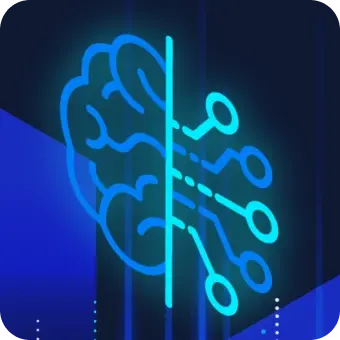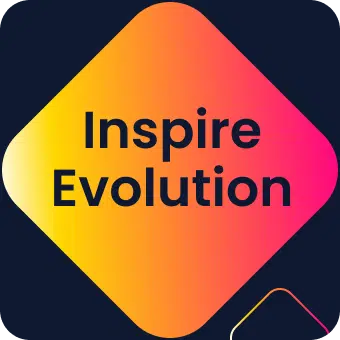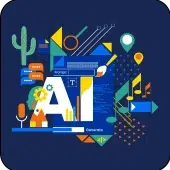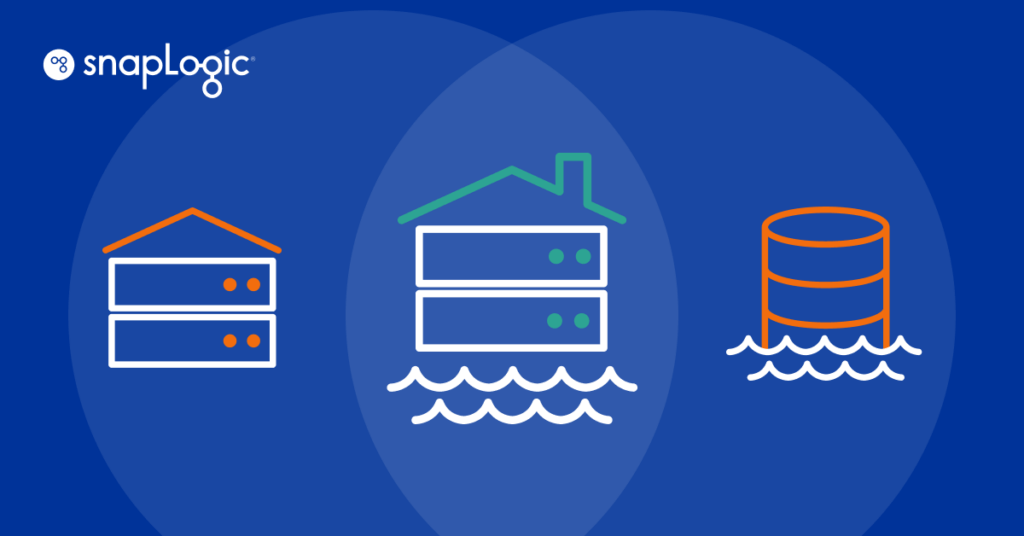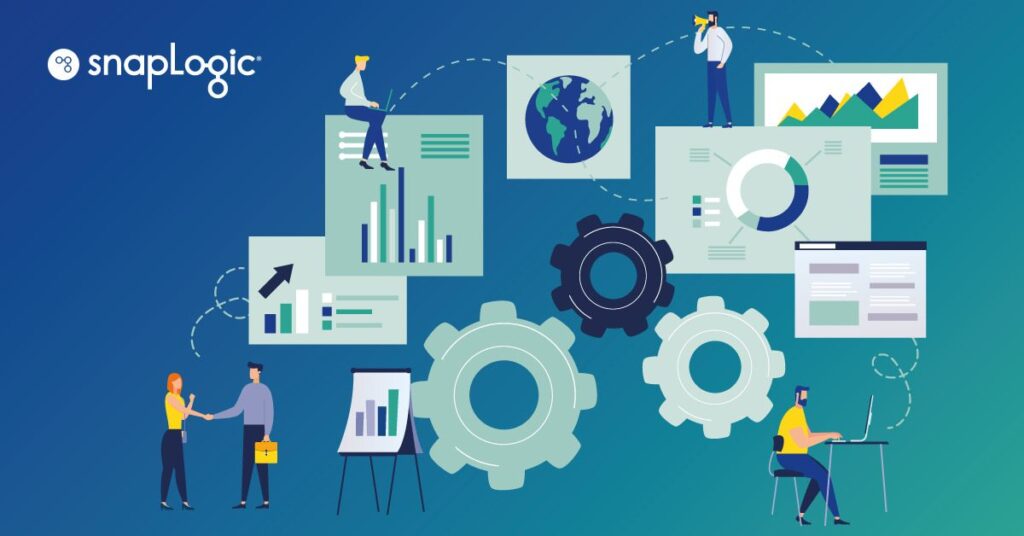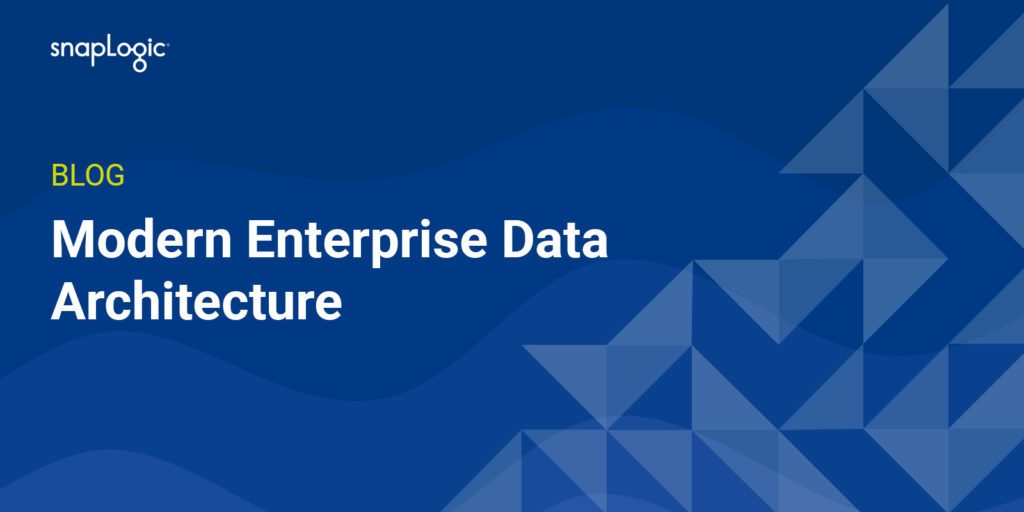With the recent publication of the Gartner Magic Quadrant for Enterprise Integration Platform as a Service (iPaaS), the awareness of a new approach for connecting data, applications, APIs and the Internet of Things is on the rise. A good example is the recent feature in NetworkWorld on the category: iPaaS: What this cloud technology is and why it’s important, which includes an overview of SnapLogic customer GameStop.
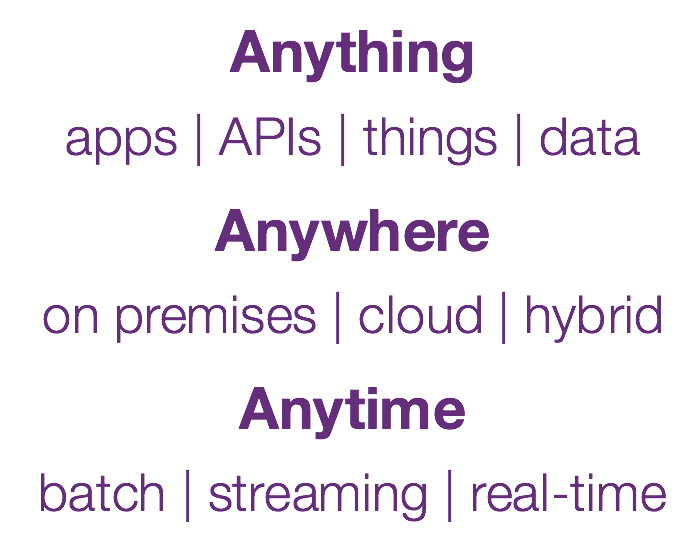 The right iPaaS solution should be built to connect the 3 A’s of enterprise integration: Anything (data, apps, APIs, things), Anytime (real-time, batch, streaming), Anywhere (cloud, on prem, hybrid). I’m often asked what are some of the most common iPaaS use cases today.
The right iPaaS solution should be built to connect the 3 A’s of enterprise integration: Anything (data, apps, APIs, things), Anytime (real-time, batch, streaming), Anywhere (cloud, on prem, hybrid). I’m often asked what are some of the most common iPaaS use cases today.
Here are four:
1) Hybrid Cloud Integration: This continues to be the most common use case – integrating on premises and cloud-based applications. Examples of multipoint integration processes include:
- Quote-to-cash data flows
- Employee onboarding/offboarding automation
- Front-office / back-office integration
- Trouble ticket resolution
Because hybrid environments are becoming the norm, it’s important that an iPaaS solution supports cloud-to-cloud, cloud-to-ground, and ground-to-ground integrations with a single platform.

Here are a few examples of hybrid cloud integration in action:
- Anaplan integration
- Workday Financial Management integration
- ServiceNow integration
- Salesforce integration
2) Powering Cloud Analytics: Cloud analytics is on the rise and delivering data from virtually any source to data warehouses and analytics tools in the cloud is essential. Whether you’re blending data and loading it into Amazon Redshift or providing multi-source data to Tableau for marketing analytics, the right iPaaS solution enables you to eliminate data silos and ensure you’re getting maximum value from your cloud analytics investments.
Here is a demonstration of iPaaS for cloud data integration.
3) Big Data Integration and the Data Lake: Some iPaaS solutions on the market today are well suited for event-based, real-time application integration, but they are unable to handle the volume, variety and velocity requirements of big data integration use cases. They are also not designed for self-service, which is increasingly important for data visualization and business intelligence users. The iPaaS solution must be able to handle complex data transformation and streaming data delivery use cases in order to operationalize the process of turning raw data feeds into valuable information. A modern data integration solution should also run natively in a Hadoop or Spark cluster and be able to scale out elastically as you add more nodes. Use cases include:
- Data ingestion: collect and integrate data from multiple sources
- Data transformation: minimize the manual tasks associated with data shaping
- Data delivery: make data processed on Hadoop or Spark easily available to off-cluster applications and data stores
Here is a demonstration of how an iPaaS solution works with Spark and how SnapLogic powers the enterprise data lake.
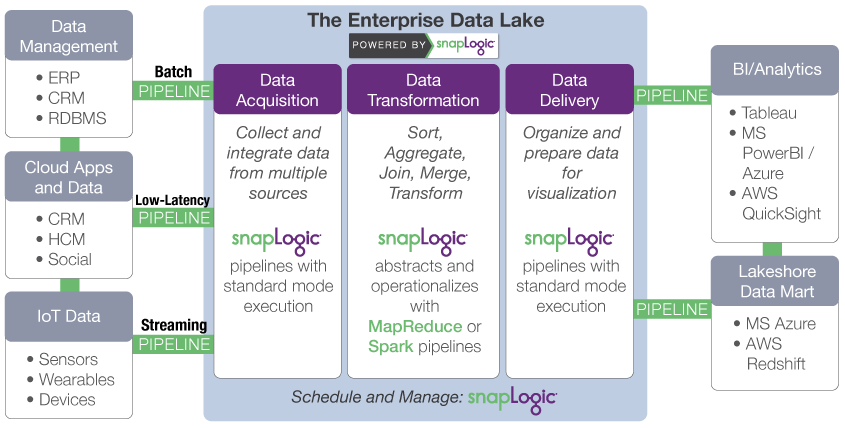
4) Retire Legacy Integration Platforms: A use case we’re seeing more and more of is the desire to eliminate so-called “technical debt” by reducing the cost and time spent maintaining and supporting legacy integration enterprise service bus (ESB) and extraction, transformation and load (ETL) tools not natively designed for the cloud or for the demands of big data.
Here are 5 signs you need better cloud integration. Be sure to also check out Gartner’s report: CIO Call to Action – Shake Up Your Integration Strategy to Enable Digital Transformation
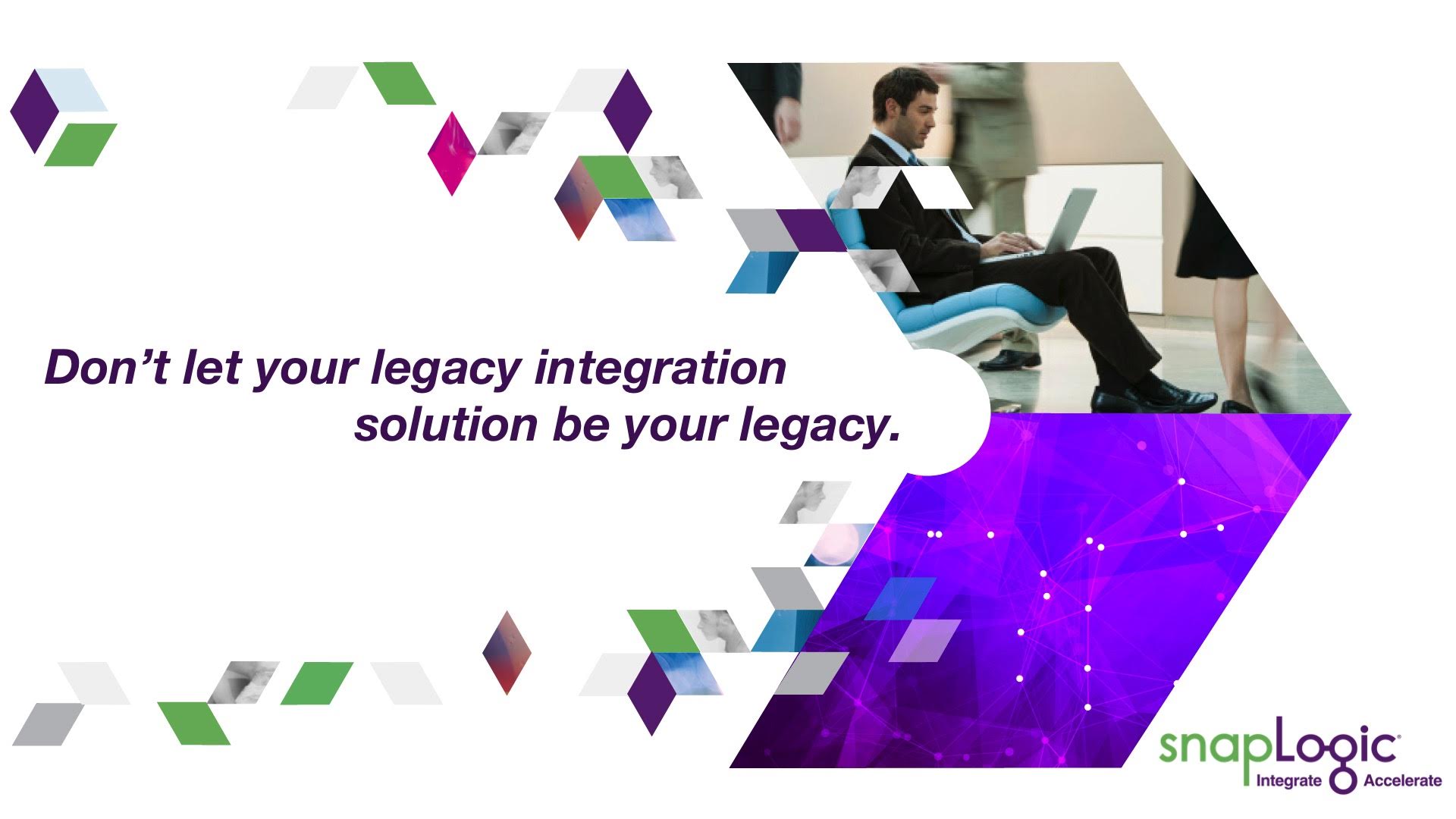
Next Steps:
